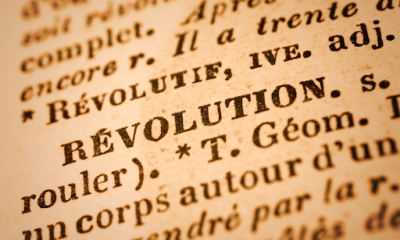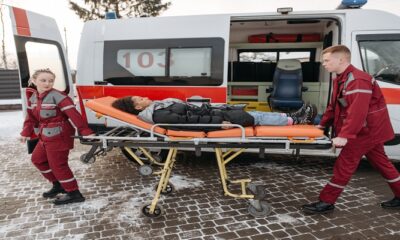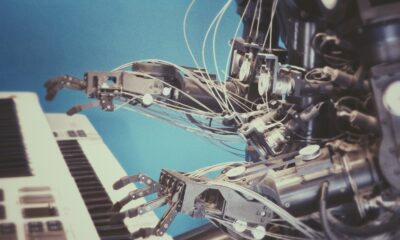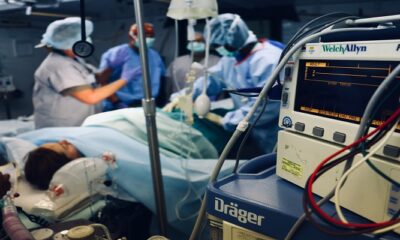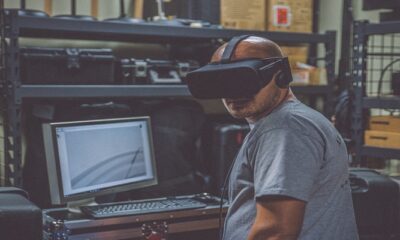General
Does UltraViolet light have the capabilities to kill Covid particles and if so where can it be applied
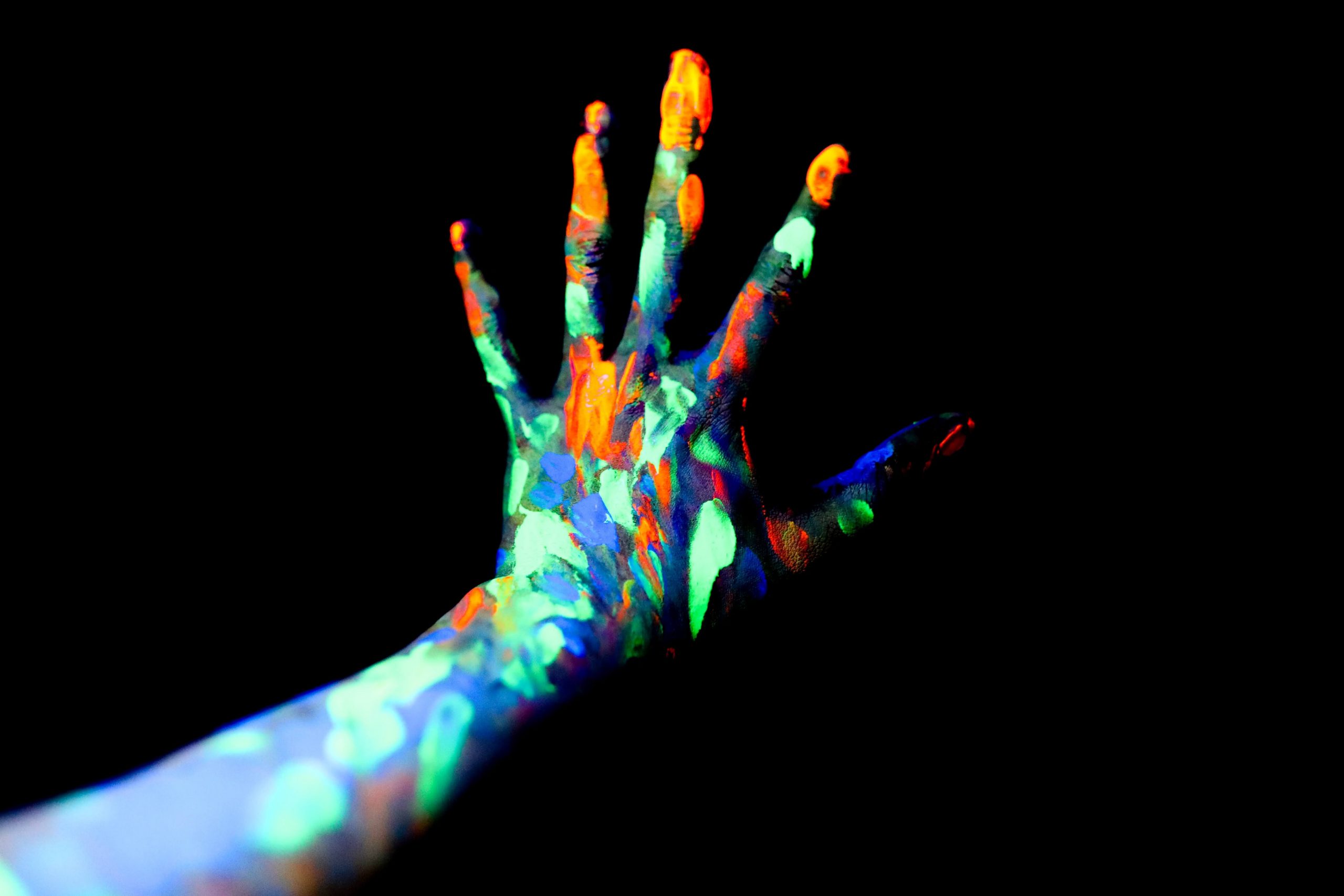
Before the pandemic, we never considered the particles in the air and around us. Most were harmful and allowed us to live our lives without worries, fears, and anxieties of catching a deadly virus.
If we consider the number of people who used London’s underground transport services daily, and the number of particles in there, it’s hard to imagine going back to crammed carriages now. The underground is the one place in London you are guaranteed to get no space to yourself, and if you do, it’s your lucky day. With this in mind, social distancing is almost impossible. Here’s a look at the drastic drop in the number of people using transport before and after the pandemic.
(Image Source: BBC)
To adequately social distance on trains in the future, much precaution and technologies will need to be integrated into network systems to help keep the public safe. These technologies could also be used at major events to stagger entry in waves to reduce the number of people-to-people contact.
However, although there is a significant focus on covid particles in the air, there is some evidence to suggest that covid particles can live on surfaces for several hours. This is one of the main reasons why health departments worldwide are encouraging people to wash their hands for 20 seconds, to help wash away and virus particles that people may have contracted when touching heavily used surfaces such as door handles.
Sanitizing companies have been working round the clock to produce hand sanitizers as everyone becomes more conscious about keeping hands clean. Despite their effects, they can’t work fast enough to keep up the demand throughout the pandemic, which is where technology comes into play.
Could virus killing UV light be the future?
UV light can be used in many different ways and is most commonly used for curing nail lacquer. The light itself is invisible to the human eye because it uses a higher frequency of waves and energy than the light we are able to see. Naturally, it comes from the sun and is responsible for uncomfortable sunburns. This damaging power, which we try to protect ourselves from, is the same power that makes it effective to use for disinfecting surfaces.
UV light is split into two different colours UV-A, UV-B, and UV-C. The two colours depending on the wavelength of the light. When using UV light to sanitize our surfaces, our smartphones are most in need as we are continually using them with our fingers and putting them on our faces. UV-C light is highly effective at disinfecting and killing viruses in air and water, but what about the surfaces of our smart devices. Since the pandemic, more smartphone users have begun cleaning their phones.
(Image Source: Panda Security)
UV light could be inserted into our phone cases or even handsets in the future to help disinfect the surfaces. It offers technology that will help us return to normal again without the fear of contracting the virus. Small scratches and indents on the phone can hide virus-like particles and bacteria. However, the UV light disinfection process is effective on both viruses and bacteria as it directly acts on DNA and RNA.
Besides keeping our surfaces clean and safe, people may want to disinfect other items such as masks, which have become a prominent feature of the pandemic. UV light could help to disinfect filters found in N95 masks. This is excellent news, and some research has already suggested that this could be possible. Cleanbox technology has carried out tests and found that the UV light boxes they produce can inactivate 99.999% of covid particles in as little as two minutes..
New inventions inspired by the pandemic
As the pandemic has made many conscious about the surfaces they interact with, an array of new inventions have been developed to help cope with the onset of challenges. Firstly, the virus’s nature has seen many in need of ventilators. As the pandemic sprung upon us without warning, at some stages, there simply were not enough ventilators available to go around. Car brand Mercedes stepped up to the plate and began working on existing formula one technologies that were applicable to the shortage of ventilators. They help-made devices that would do the same as ventilators.

